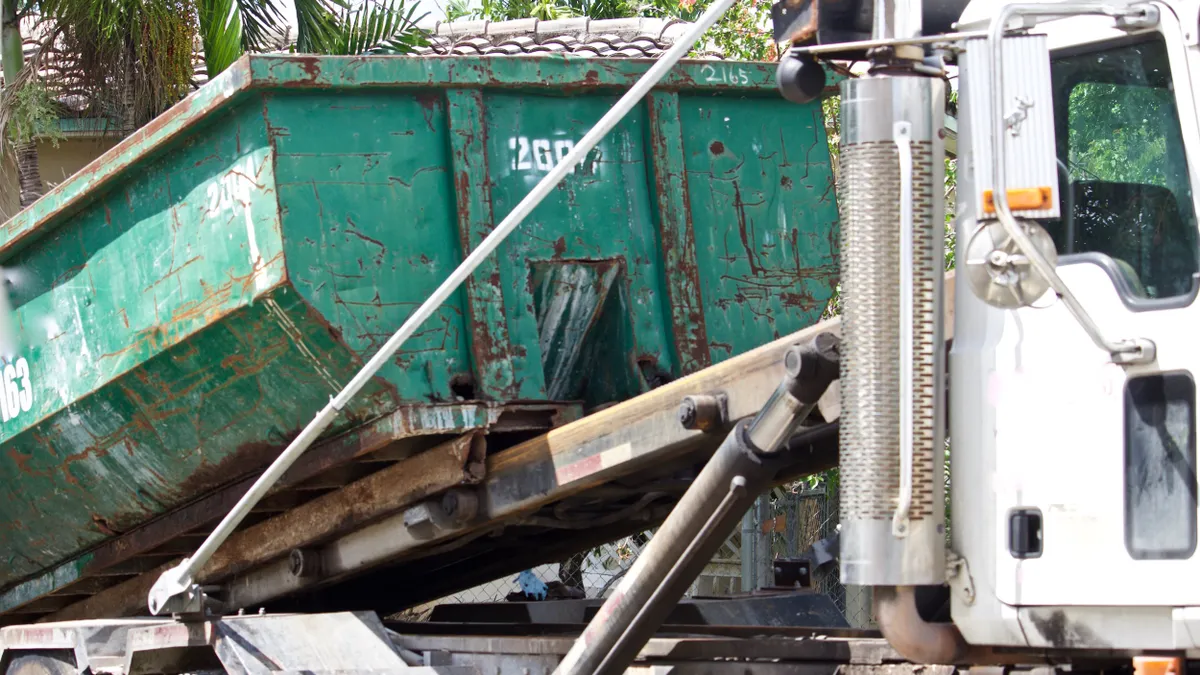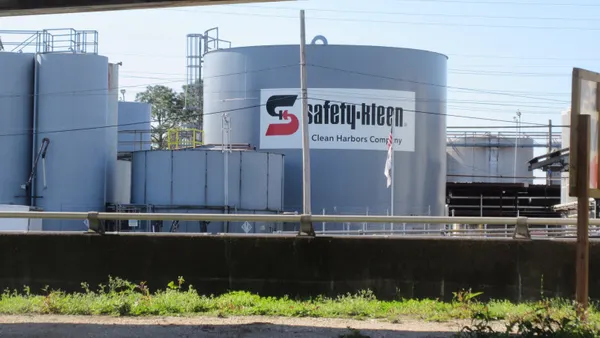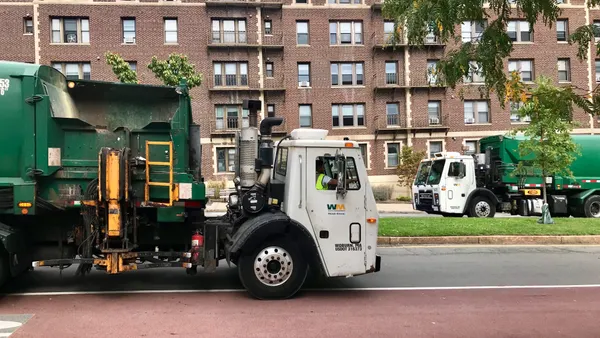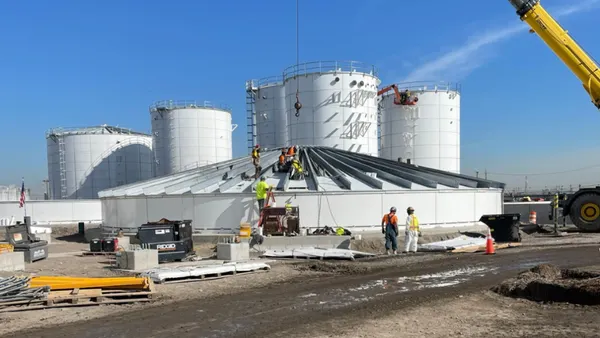Dive Brief:
- The Environmental Protection Agency (EPA) released on Nov. 30 its finalized Renewable Fuel Standard (RFS) volumes for 2018.
- Required volumes for cellulosic biofuel, advanced biofuel and renewable fuel all increased from volumes proposed in July. The required volumes are 288 million gallons for cellulosic biofuel, 4.29 billion gallons for advanced biofuel and 19.29 billion gallons for renewable fuel. In a statement, Johannes Escudero, executive director of the Coalition for Renewable Natural Gas, said the organization will "work to improve the methodology that is utilized in setting the RFS program's cellulosic volume targets."
- While the volumes are higher than initially proposed, Midwestern lawmakers aren't entirely satisfied. Iowa Sen. Joni Ernst said she would press the EPA on increasing cellulosic requirements and Iowa Sen. Chuck Grassley said the required volumes "fall short of the full potential of the U.S. biofuels industry."
Dive Insight:
The volume requirements for the different fuel types will likely create varying outcomes for each part of the waste sector affected, because of how credits under the RFS are approved. The required volume for cellulosic biofuel will affect landfill gas projects, municipal wastewater treatment facility digesters and agricultural digesters. Biogas from waste digesters is categorized under advanced biofuel.
These finalized volumes from the EPA show that Administrator Scott Pruitt is making good on his earlier pledge to maintain or increase the numbers from the initial proposal. However, the new volumes, some of which are lower than the volumes from previous years, are unlikely to satisfy biofuel advocates.
Notably, the required volume for cellulosic biofuel is decreasing by 23 million gallons. That could hurt investment in new projects, especially given the sometimes "prohibitive" cost of building new facilities. Other rumblings in the government could hurt landfill projects, too. The ongoing tax reform debate has included cutting exemptions for private activity bonds, which are used by some solid waste disposal facilities.











